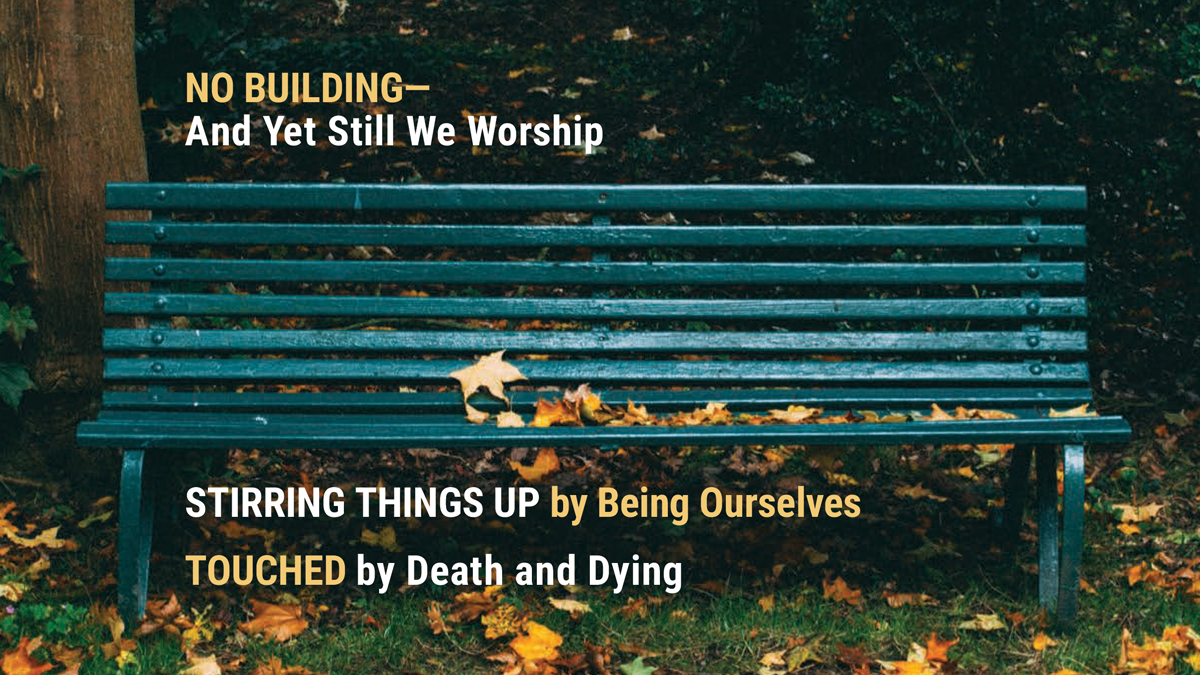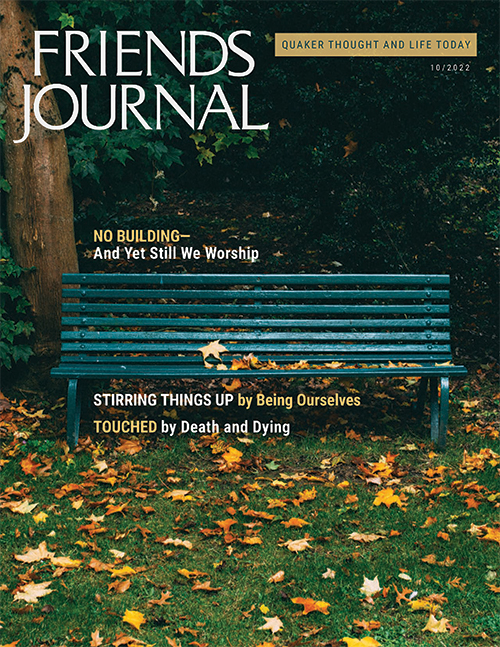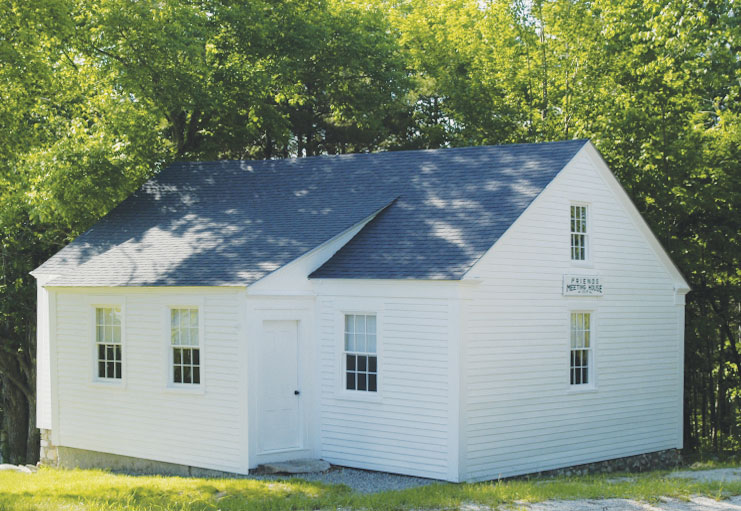One Sunday morning years ago, while dutifully sitting in worship at Central Philadelphia (Pa.) Meeting, I felt a tickle begin to form at the bottom of my throat. The worship was particularly gathered that morning and I had successfully banished the stray thoughts and distractions that too often keep me from feeling centered. I tried to will the growing irritation away but suddenly I barked out a loud cough that echoed between the walls of the meetinghouse. Then another cough, and another, building into an uncontrollable fit. This was before COVID taught us to fear bench neighbor’s coughs as life threatening, but I was still clearly beginning to distract others.
I tiptoed out of the meetinghouse as quietly as I could and walked outside into the imposing sunlight and noise of a busy downtown. I decided to continue the worship in this state and took a kind of delight in the chaos and movement, giving silent prayers to passersby. Worship without walls was a glorious way to spend a Sunday morning, though as I recall I made sure to get back to the meetinghouse for coffee hour.
Catherine Coggan has made a similar discovery in her spiritual travels from the liturgical church of her youth to a Quaker experience of outside worship. I love her description of the “tight boxes we call churches, cathedrals, or meetinghouses” and the reminder that the ways we focus on the physical structures can distract us from the reality of a holy communion that needs only our attention.
Anthony Manousos’s Quaker experience also continues outside of the meetinghouse to acknowledge and share the pain, anguish, and anger of a neighborhood ripped apart by police shootings of Black youth. Friends in the Pasadena, California area have gathered to worship at the sites of the violence as an act of solidarity and healing. Showing up has been so important in the work of justice.
A certain theme of caring also runs through this issue. Johanna Jackson looks into patterns of conflict avoidance often present in our meetings and identifies politeness, buried conflict, and stoicism as three of its major sources. She models being present for others’ pain and profiles Friends trying to build transformative Quaker communities around acknowledging one another’s pain.
In recent years, Friend Carl Blumenthal has been a passionate voice on Friends and mental healthcare, writing a landmark article on the subject in April of last year. In this issue he profiles Nichole Nettleton, who has been coordinating Zoom support groups for a New York Yearly Meeting-based working group called Differently Abled Friends and Allies. Hers is a beautiful story of following a leading, learning as she went along. I love her goal of stirring things up while also having fun.
Inspired by a recent QuakerSpeak video interview, Marcelle Martin shares the sacred moments of transition between this world and the next that she has experienced. Death is the ultimate mystery, and Friends have long been known to approach it as a holy time. Marcelle’s stories are touching and familiar to those of us who have lost loved ones.
I hope this fall finds you led to worshipful moments in the everyday world, alert to opportunities to connect and witness in unexpected places.






Comments on Friendsjournal.org may be used in the Forum of the print magazine and may be edited for length and clarity.